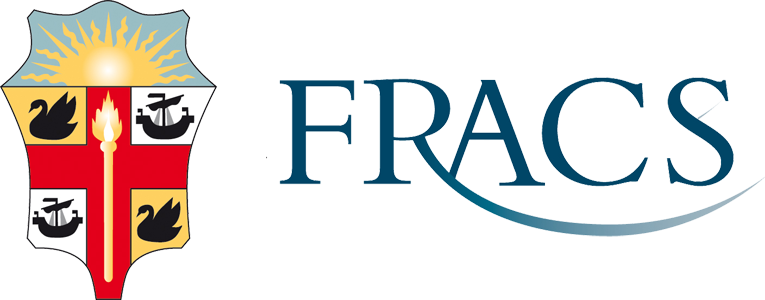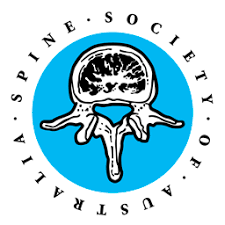Surgical Suitability
Is Surgery Required for Neck & Arm Pain?
Various conditions, such as muscle strain, injuries, spinal stenosis, herniated disc, or certain diseases like osteoarthritis or fibromyalgia, can cause neck and arm pain. The necessity for surgery depends on the specific cause and severity of neck and arm pain.
Generally, conservative treatment methods are tried first. These may include:
- Physical Therapy
- Medications
- Lifestyle Changes
- Injections
If these conservative treatment methods do not provide relief, surgery might be considered. The type of surgery will depend on the underlying cause. For example:
- For a herniated disc causing the pain, a surgeon might perform a discectomy to remove the part of the disc that's pressing on a nerve.
- In case of spinal stenosis (narrowing of the spaces within your spine), a laminectomy might be performed to create more space for the spinal cord or nerves.
- If osteoarthritis is causing the problem, a cervical artificial disc replacement or fusion could be considered.
Who is Suitable for Neck & Arm Pain Surgical Treatments?
The suitability of surgical treatments for neck and arm pain depends on several factors:
- Underlying Cause: The cause of neck and arm pain is the main factor in determining if a person is suitable for surgery. Conditions like herniated discs, spinal stenosis, or certain types of arthritis not responsive to conservative treatments may necessitate surgery.
- The severity of Symptoms: If the pain is severe, persistent, and debilitating, and non-surgical treatments have not been successful in managing the symptoms, then surgery might be considered.
- Neurological Symptoms: If there are signs of neurological problems, such as weakness, numbness, tingling in arms or legs, or problems with balance or coordination, surgery may be recommended to prevent permanent damage.
- Response to Non-surgical Treatments: Surgery is typically considered when non-surgical treatments such as physical therapy, medication, and lifestyle changes have not provided sufficient relief.
- General Health: The patient's overall health and ability to tolerate surgery are major factors. Individuals with significant health issues, like heart disease or uncontrolled diabetes, may be at higher risk during surgery.
- Patient's Preference: Finally, the patient's feelings about surgery play a big role. Some people prefer to live with a certain pain level rather than face the potential risks and recovery time associated with surgery.
The decision to proceed with surgical intervention should be made in consultation with a neurosurgeon who can provide a comprehensive evaluation and discuss the risks and benefits of the procedure.
What are the Surgical Treatments for Neck & Arm Pain?
There are several surgical treatment options for neck and arm pain, depending on the underlying cause. Here are some of the most common:
- Cervical Discectomy: This procedure removes the part of a disc pressing on a nerve and causing pain. It can be performed via a small incision in the neck's front (anterior cervical discectomy) or back (posterior cervical discectomy).
- Cervical Laminectomy: This procedure involves the removal of the lamina (part of the vertebral bone) to create more space for the spinal cord or nerves. This can relieve pressure caused by conditions such as spinal stenosis.
- Cervical Laminoplasty: This is another procedure to create more space for the spinal cord. The surgeon reshapes the vertebral bone instead of removing it, preserving more spinal stability.
- Cervical Disc Replacement: In this procedure, the damaged disc is removed and replaced with an artificial one. This can preserve more natural neck movement compared to fusion surgery.
- Cervical Fusion (ACDF - Anterior Cervical Discectomy and Fusion): This is a procedure where the surgeon removes the disc and then fuses the two vertebrae on either side to stabilise the spine. This can help alleviate pain from a herniated disc or degenerative disc disease.
- Foraminotomy: This procedure enlarges the passageway where nerve roots exit the spinal cord. This can alleviate pressure on the nerves and reduce pain.
Benefits of Surgical Treatments for Neck & Arm Pain
Surgical neck and arm pain treatments can provide several benefits, especially when conservative treatments have failed. Here are some potential benefits:
- Pain Relief: The most immediate and important benefit is pain relief. Surgical intervention can directly address the source of the pain, whether it's a herniated disc, bone spur, or spinal stenosis.
- Improved Functionality: By relieving the source of the pain, surgery can also help improve movement and functionality, allowing patients to return to their daily activities.
- Prevention of Further Damage: In some cases, spinal stenosis or herniated disc conditions can cause nerve damage if not treated. Surgery can prevent further deterioration and potential nerve damage.
- Improved Quality of Life: Chronic pain can lead to depression, anxiety, and sleep problems. By relieving pain, surgery can improve the overall quality of life.
- Increased Mobility: Procedures like disc replacement can preserve or even improve the range of motion in the neck, as opposed to procedures like fusion which limit it.
- Rapid Relief: In some cases, surgical intervention can provide quicker relief from symptoms than conservative treatments.
However, it's crucial to remember that surgery comes with risks, including infection, nerve damage, failure to relieve symptoms, and complications related to anaesthesia. It's also usually seen as a last resort when other treatment options have failed. You and your surgeon should decide to proceed with surgery, considering your health situation, the severity of your symptoms, and your preferences.



